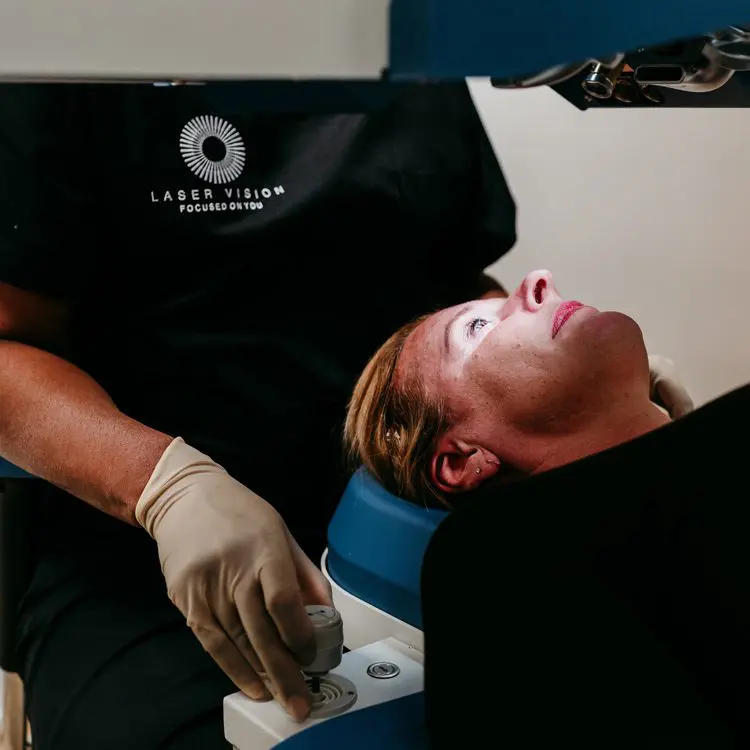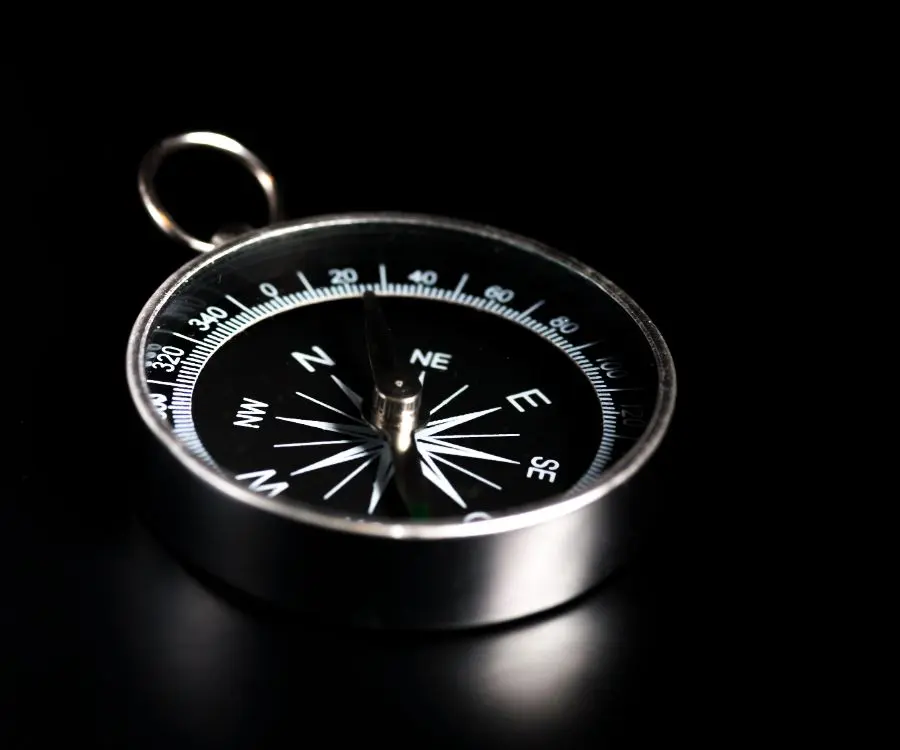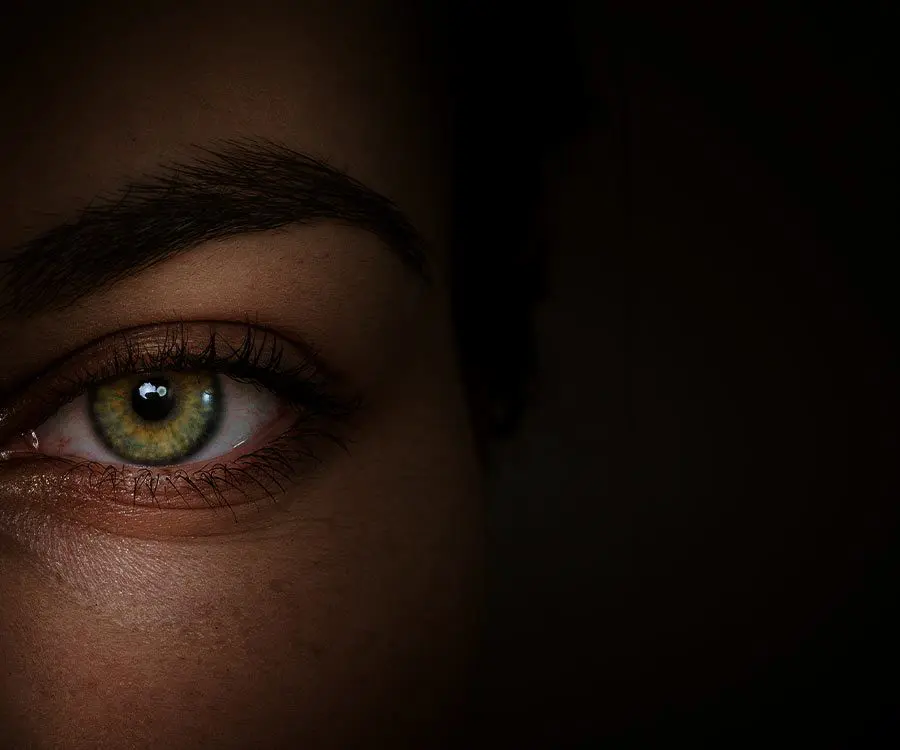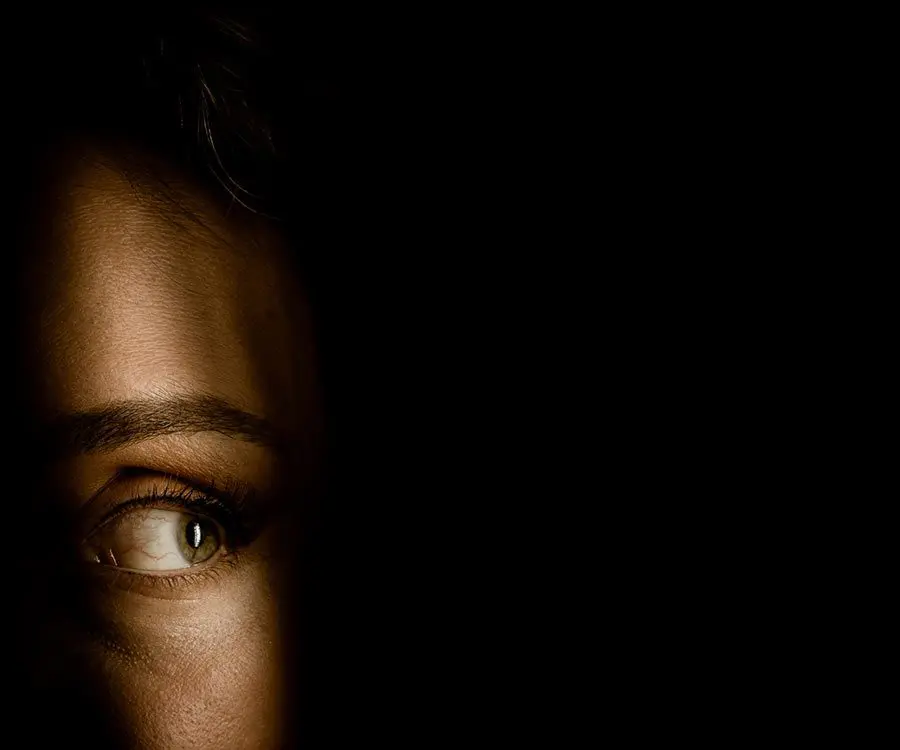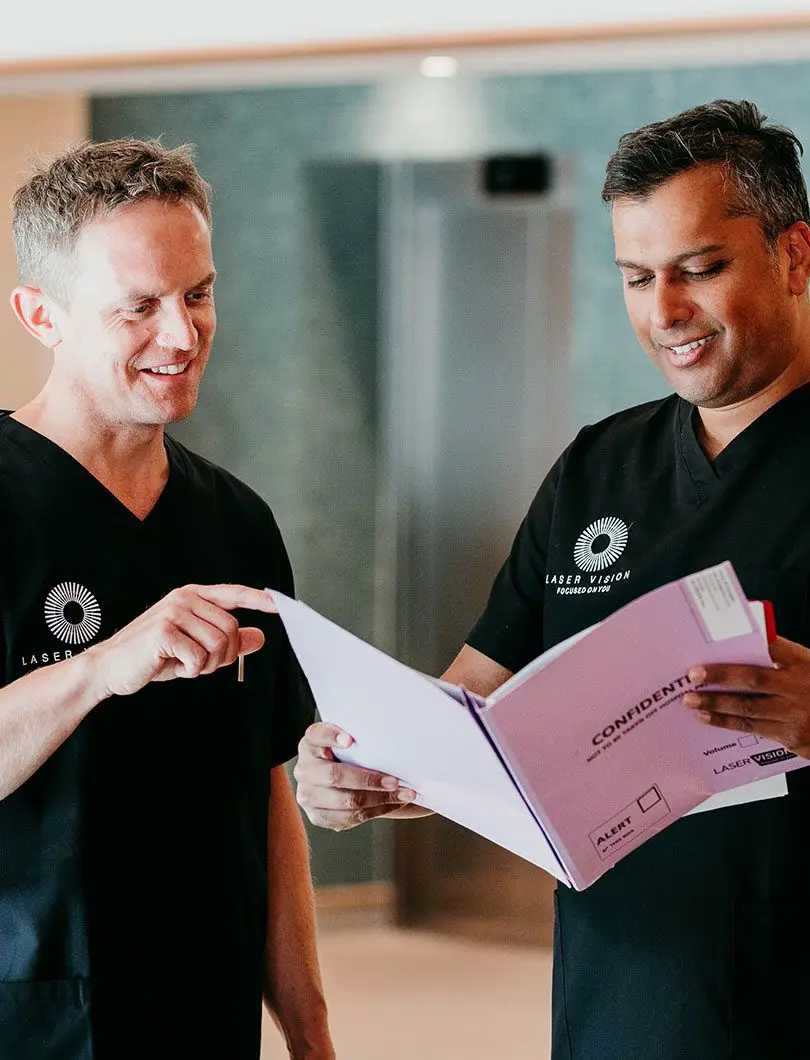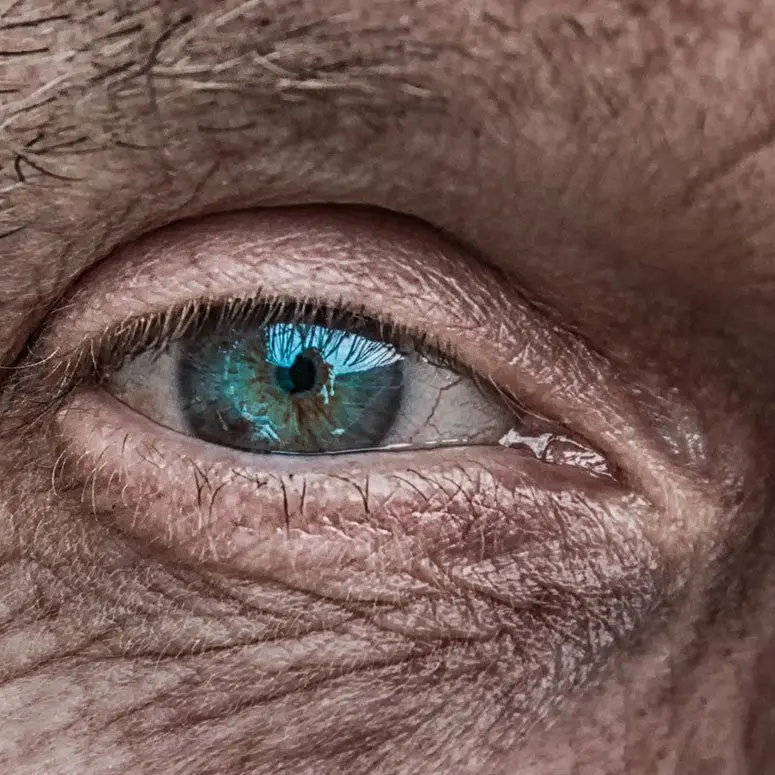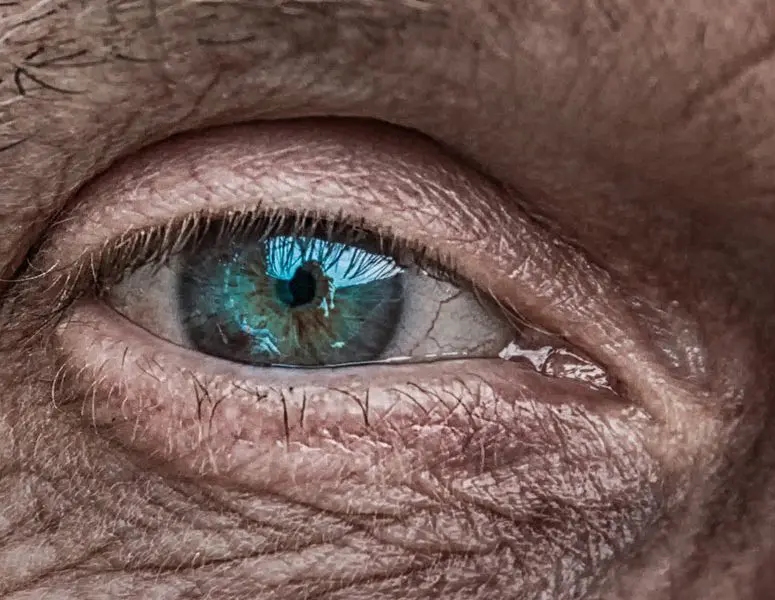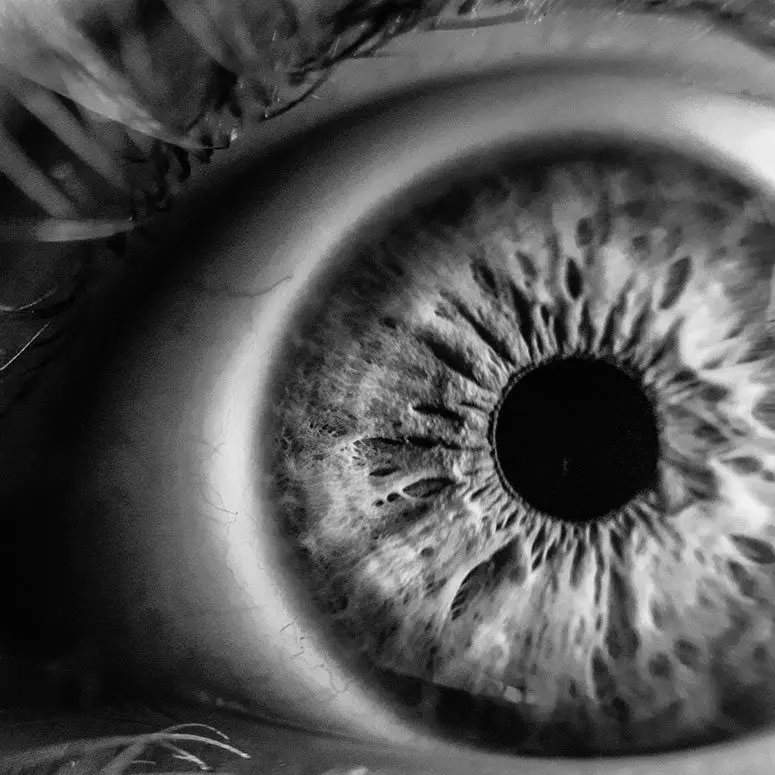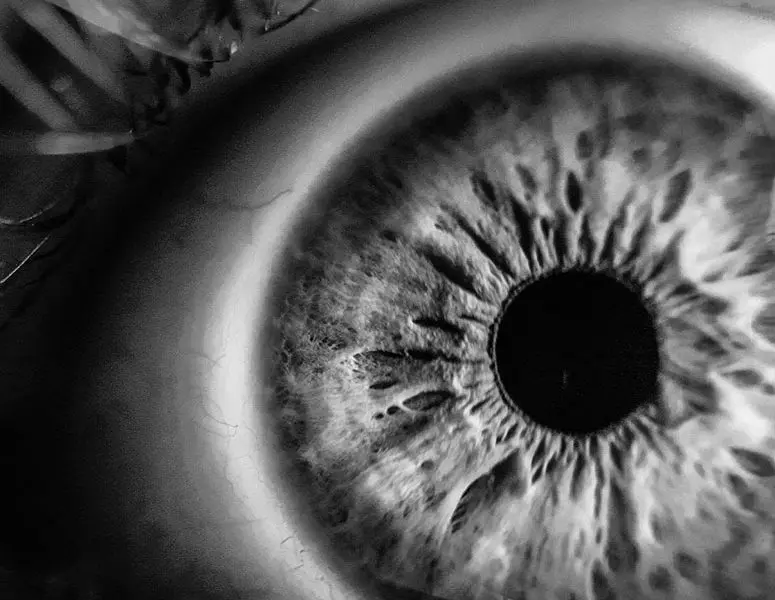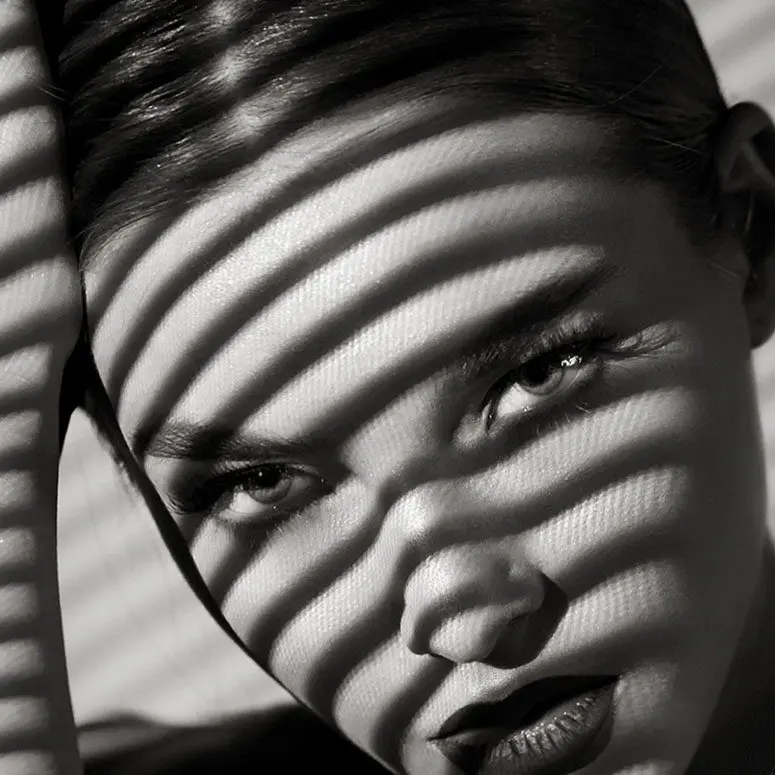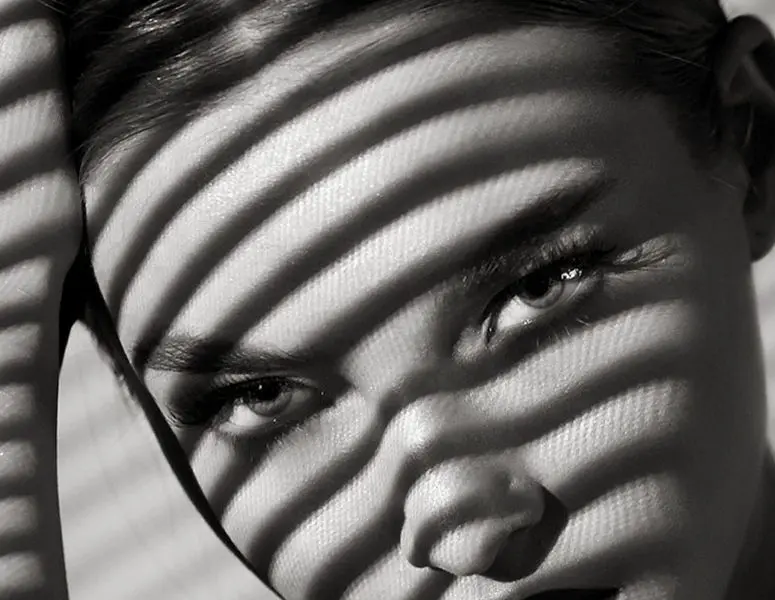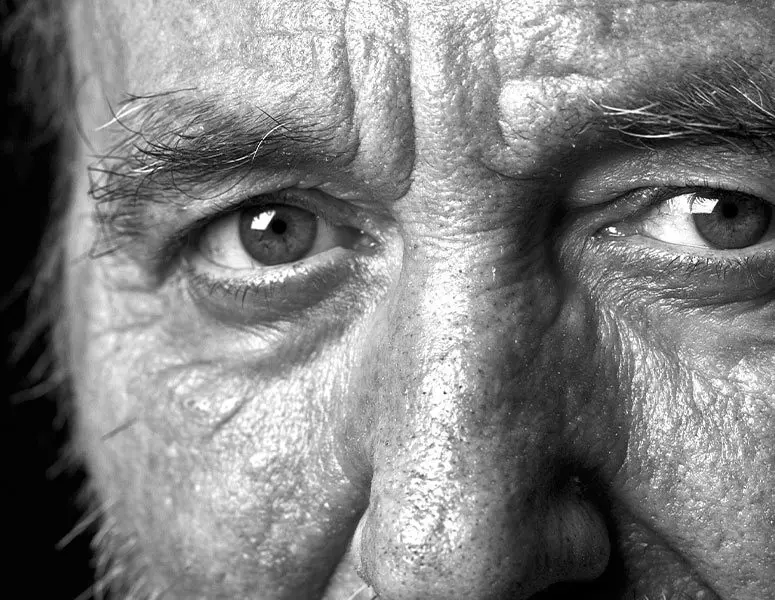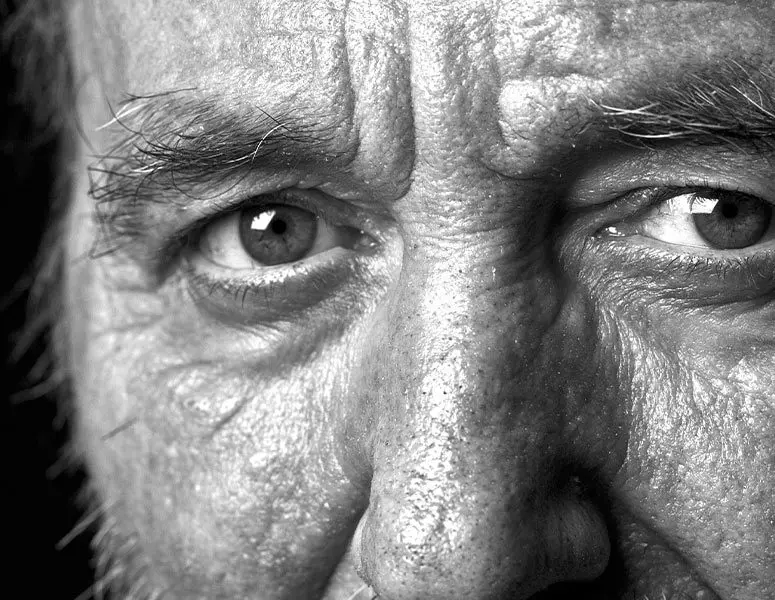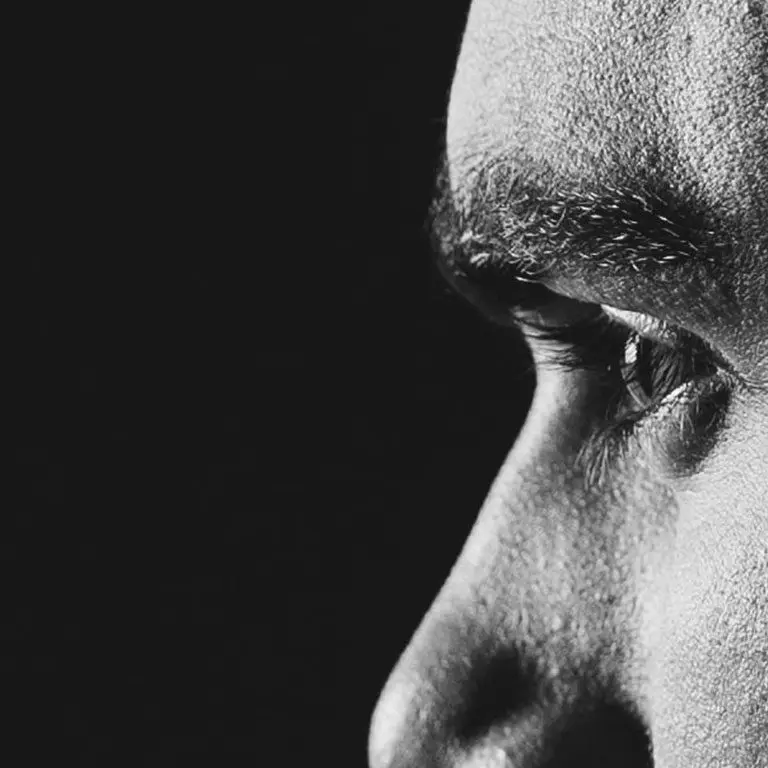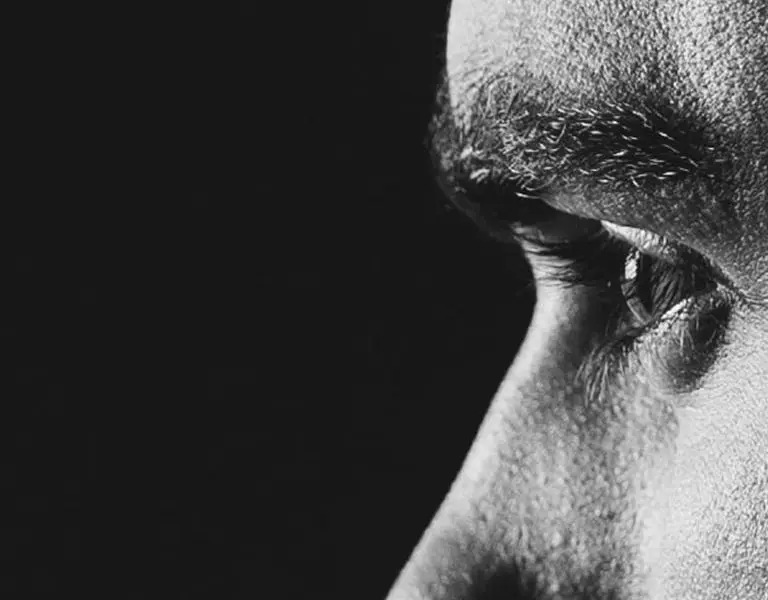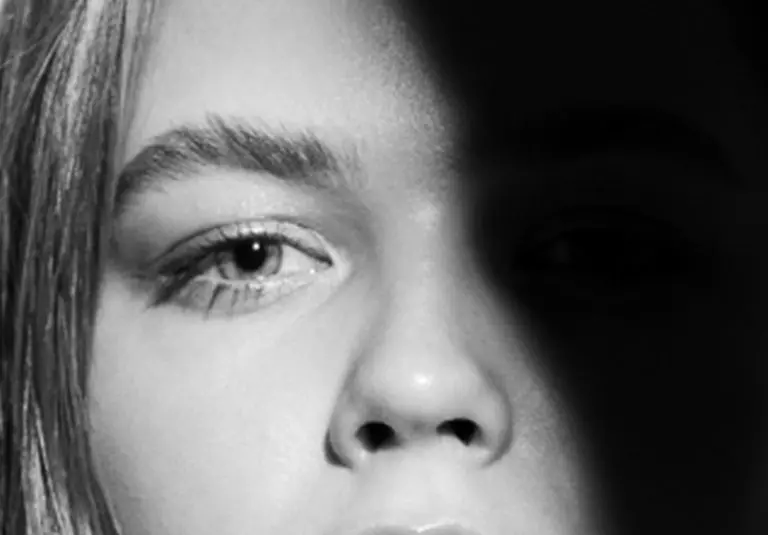- Corneal Surgery

DALK Eye Surgery
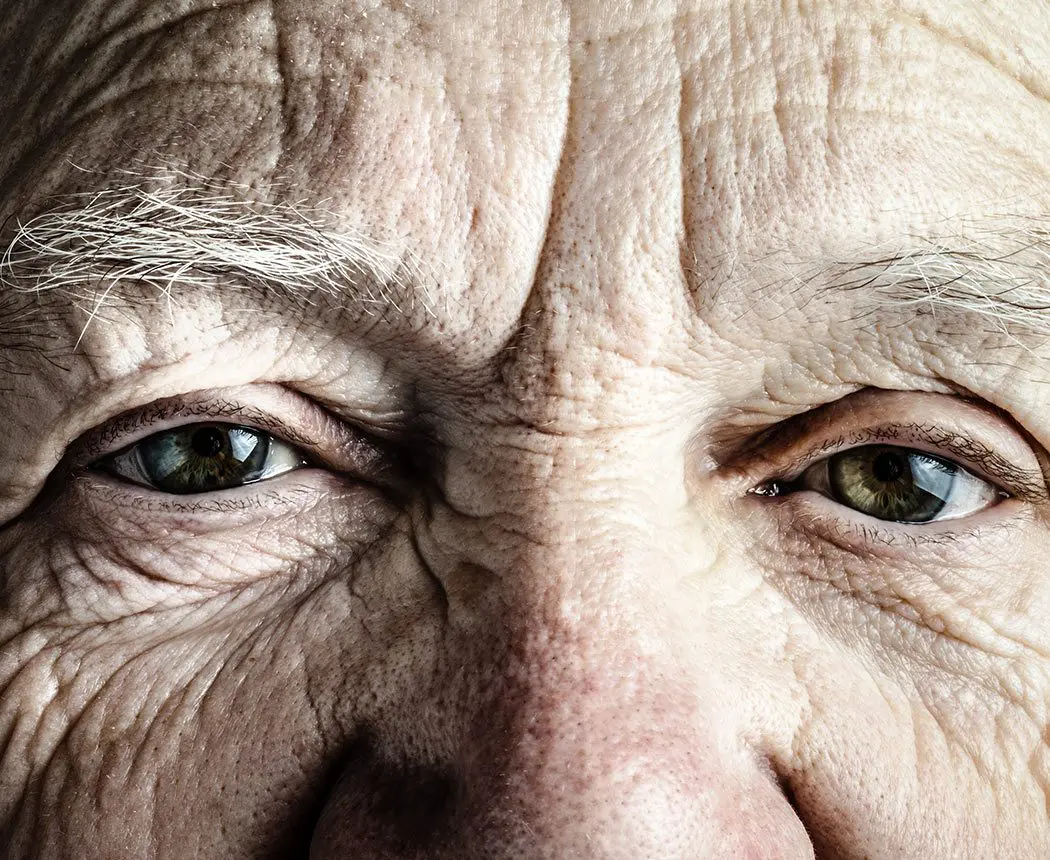
- Treatment

- Corneal Surgery
DALK Eye Surgery
Deep Anterior Lamellar Keratoplasty (DALK) is an excellent modern corneal transplant technique where the corneal epithelium and stroma are removed leaving only the Descemet’s membrane and corneal endothelium. A donor corneal button without endothelium is then sutured into place where the tissue has been removed.
What is DALK Eye Surgery?
Deep Anterior Lamellar Keratoplasty (DALK) is an advanced corneal transplant technique that involves removing the corneal epithelium and stroma while preserving the Descemet’s membrane and endothelium. A donor corneal graft, excluding the endothelium, is then carefully sutured into the prepared area.
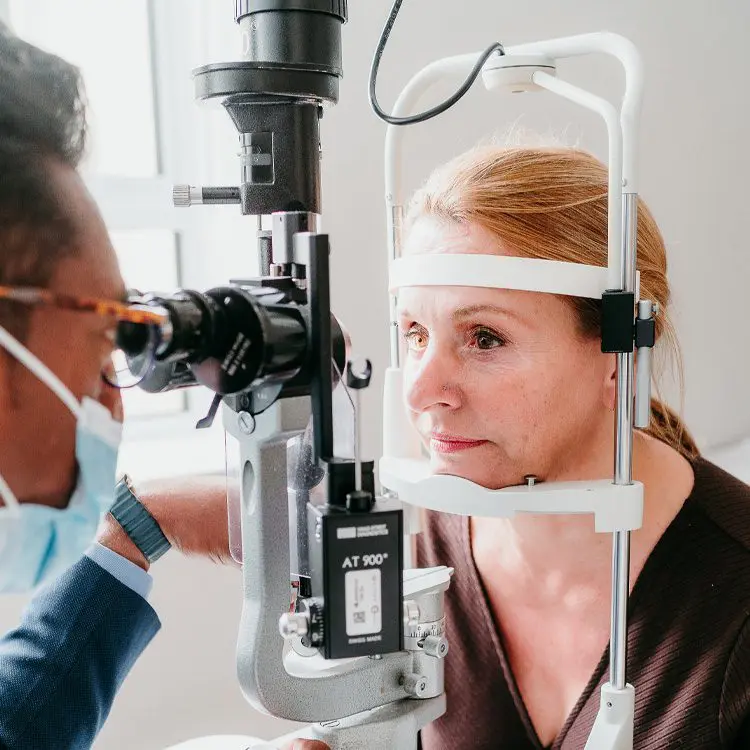
Deep Anterior Lamellar Keratoplasty (DALK) is a cornea transplant technique where the corneal epithelium and stroma are removed (>95% corneal thickness removed) leaving only the innermost layers known as Descemet’s membrane and corneal endothelium. A donor cornea without endothelium is then sutured into place where the tissue has been removed. DALK is a more technically challenging procedure compared to penetrating keratoplasty, however there are benefits to preserving the inner layer of the patient’s cornea if it is healthy, as there is less chance of graft rejection.
DALK surgery is performed when there is disease or damage to the cornea that does not involve the innermost layer (descemet’s membrane and endothelial cells). These include Keratoconus, some corneal dystrophies, and scars from infection.
Deep Anterior Lamellar Keratoplasty (DALK) is a cornea transplant technique where the corneal epithelium and stroma are removed (>95% corneal thickness removed) leaving only the innermost layers known as Descemet’s membrane and corneal endothelium. A donor cornea without endothelium is then sutured into place where the tissue has been removed. DALK is a more technically challenging procedure compared to penetrating keratoplasty, however there are benefits to preserving the inner layer of the patient’s cornea if it is healthy, as there is less chance of graft rejection.
DALK surgery is performed when there is disease or damage to the cornea that does not involve the innermost layer (descemet’s membrane and endothelial cells). These include Keratoconus, some corneal dystrophies, and scars from infection.

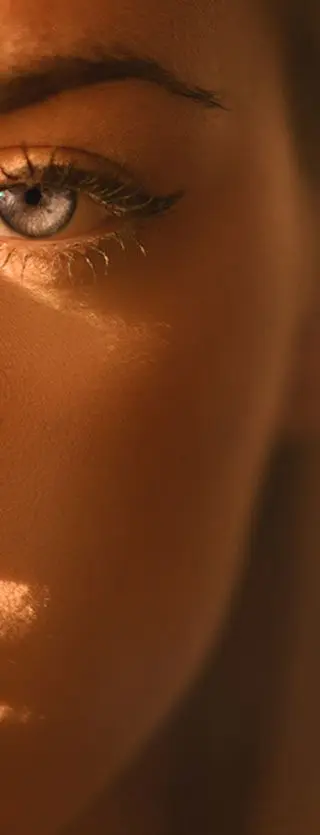
How is it performed?
- 1.Performed under general anaesthetic in the operating theatre.
- 2.Patient is laid flat on the treatment bed.
- 3.Povidone iodine clean, sterile drape applied, and eyelid support inserted.
- 4.Partial thickness of the central section of the host cornea is removed and donor cornea sutured into place.
- 5.Topical anti-inflammatory and antibiotic drops applied.
